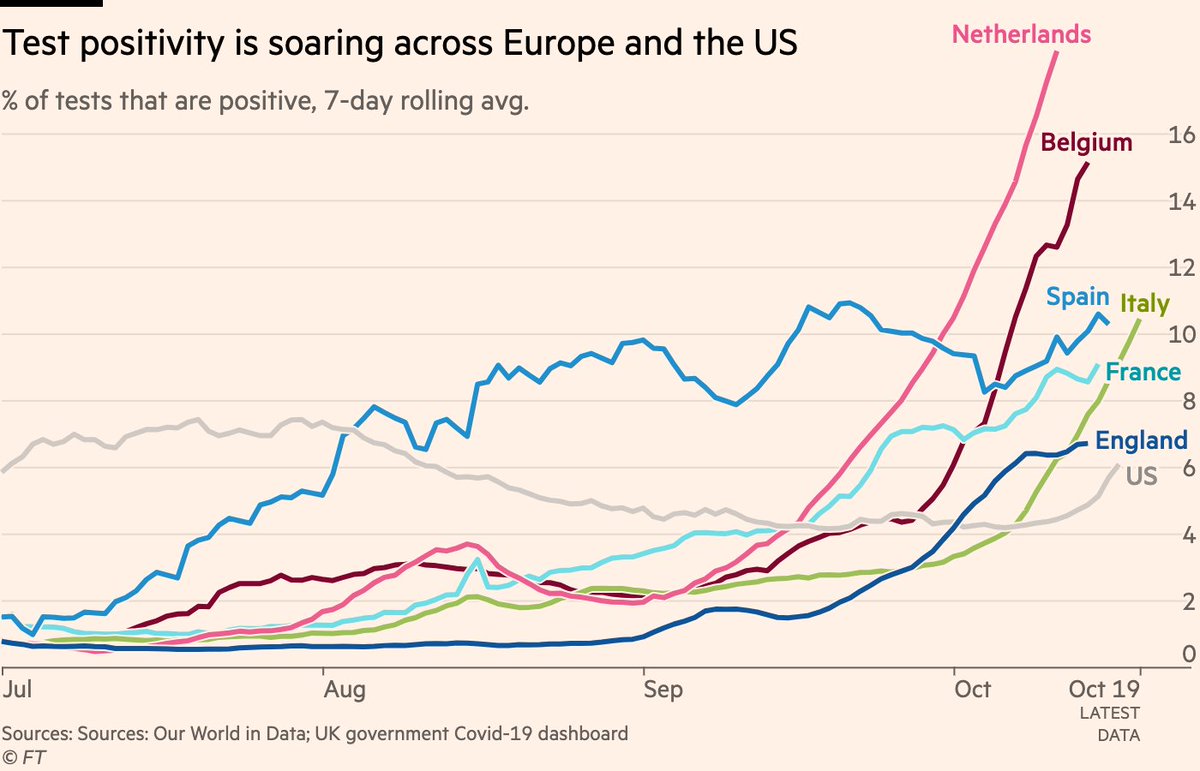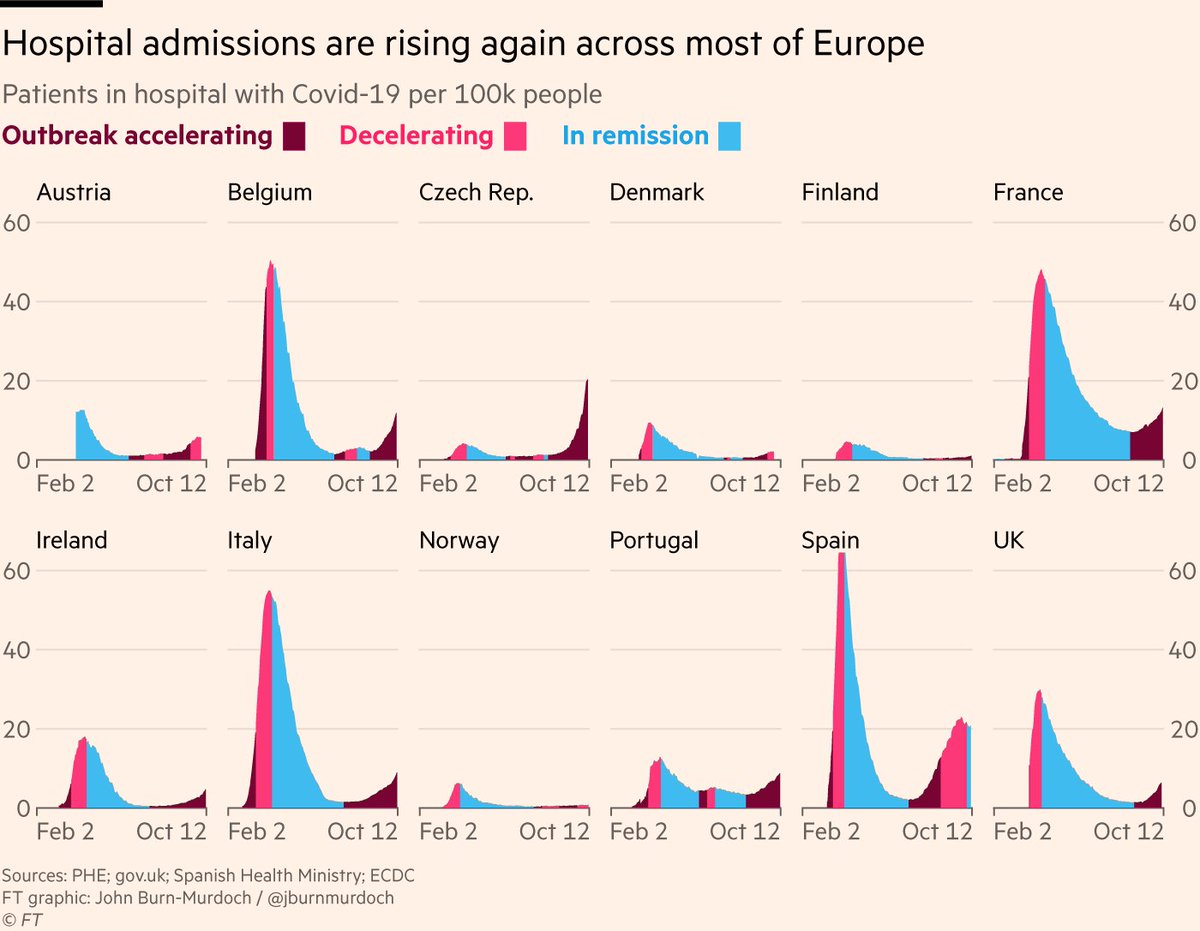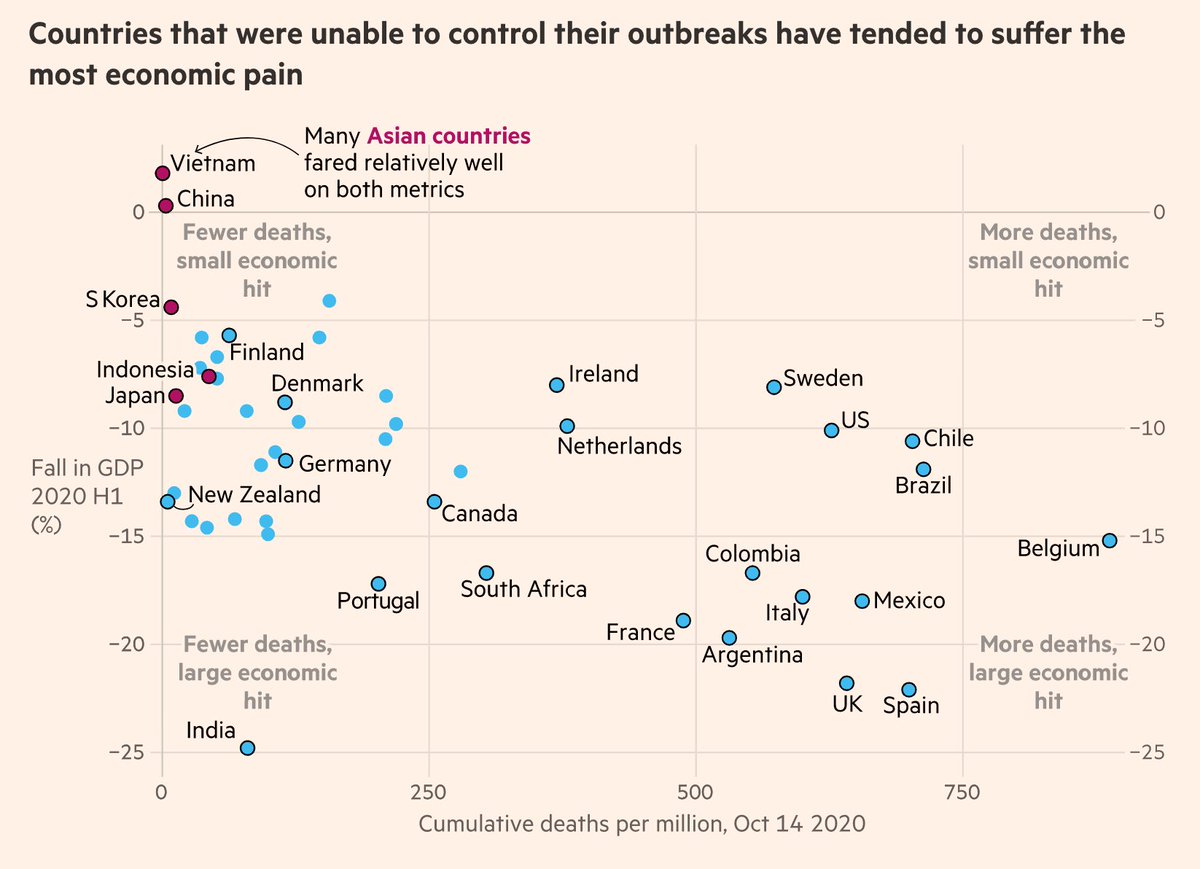
Micro-thread:
1/6 The question of whether or not to keep schools open during a pandemic is complex, and like many Covid debates the answers depend heavily on how much value people attach to different things, but one thing we certainly shouldn't be doing is relying on bad science
1/6 The question of whether or not to keep schools open during a pandemic is complex, and like many Covid debates the answers depend heavily on how much value people attach to different things, but one thing we certainly shouldn't be doing is relying on bad science
2/6 A paper recently went viral claiming people will lose more years of life *as a direct result of missing school* than the years lost *by all people dying from Covid*
Unsurprisingly for such a bold claim, it turns out the study is absolutely ridden with holes...
Unsurprisingly for such a bold claim, it turns out the study is absolutely ridden with holes...
3/6 @ikashnitsky has an excellent critique here, demonstrating that the "months of missed school ➡️ months of reduced life expectancy" equation used is essentially 🚮
https://twitter.com/ikashnitsky/status/1328121853970436100
4/6 And the always-excellent @GidMK carried out his own Twitter peer-review here, picking apart several other issues, each of which is enough to render the findings useless
https://twitter.com/GidMK/status/1327872367893176320
5/6 In addition to the above, my own gripe is that this study is an example of another issue that I think limits discussions over Covid policy:
Deaths (and years of lost life) have become the uber-metric for judging all claims on either side, in way that erases so much nuance.
Deaths (and years of lost life) have become the uber-metric for judging all claims on either side, in way that erases so much nuance.
6/6 When evaluating impacts of disrupted education (or other domains), it feels to me just as important to assess how that disruption influences a life's *nature or course*, as it's duration
Life and death are kinda fundamental to human existence. But they're more than 1s and 0s
Life and death are kinda fundamental to human existence. But they're more than 1s and 0s
• • •
Missing some Tweet in this thread? You can try to
force a refresh














